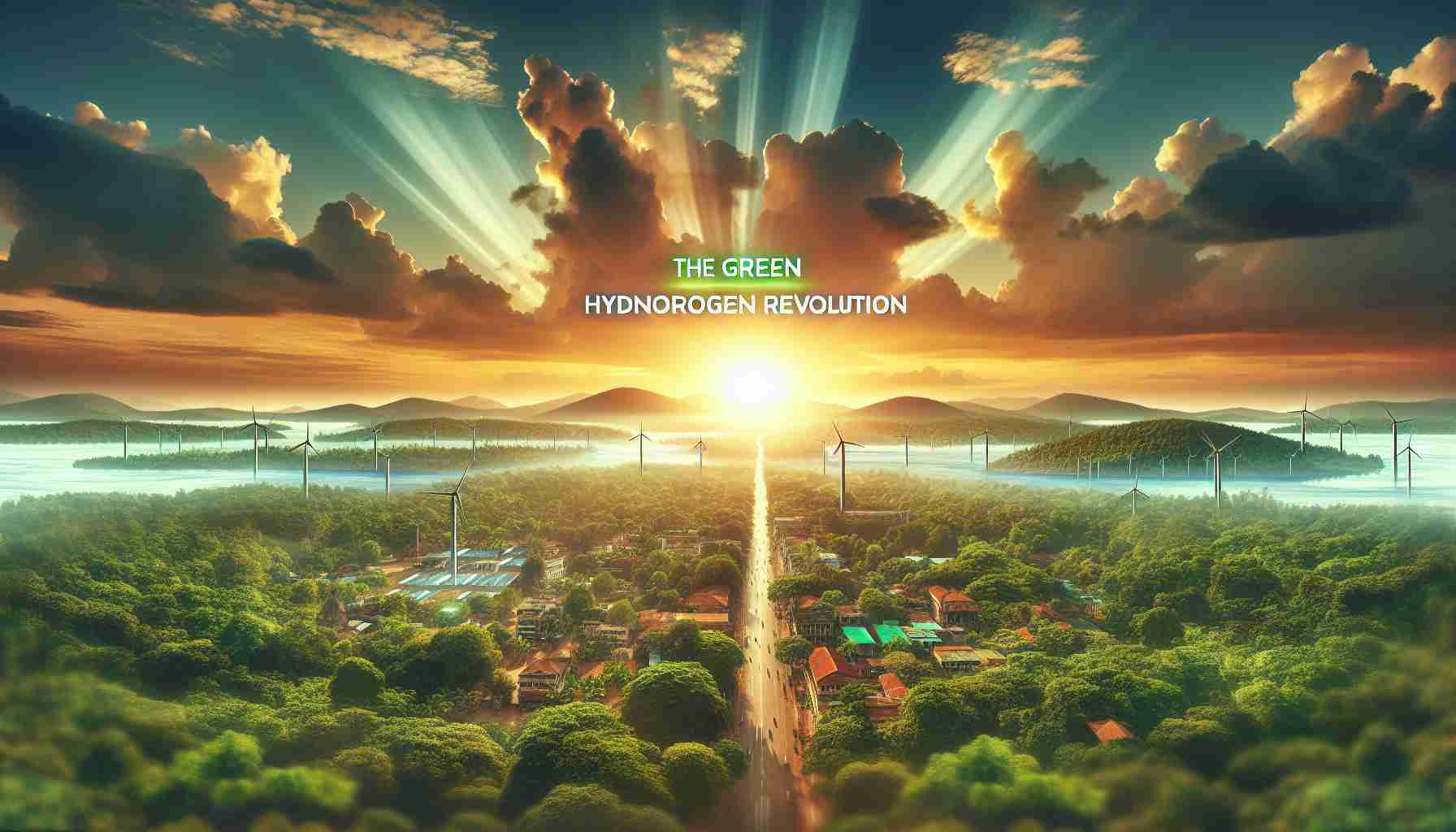Mangaluru is now a focal point for sustainable energy initiatives as the Oil and Natural Gas Corporation Ltd. (ONGC) explores the feasibility of establishing a green hydrogen plant. This project aims to fulfill the energy needs of Mangalore Refinery and Petrochemicals Ltd. (MRPL). Recently, Union Minister of State for Petroleum and Natural Gas, Suresh Gopi, addressed questions in the Lok Sabha, clarifying that no final investment decisions have been made regarding the plant.
ONGC is committed to achieving net zero emissions by 2038 through various innovative strategies, including the development of green hydrogen facilities. According to the National Green Hydrogen Mission, producing green hydrogen could significantly decrease carbon dioxide emissions, with a reduction of around 10 kilograms of CO2 for every kilogram of hydrogen produced compared to traditional methods.
In addition to this, Mangaluru is also making progress with a plastic park, which received governmental approval in January 2022. With a total budget of ₹62.78 crore, this project includes substantial financial support from the central government.
In a related topic, the establishment of a National Highways Authority of India (NHAI) office in Udupi has been ruled out. Road Transport Minister Nitin Gadkari stated that there are currently two operational NHAI units in the region, located in Mangaluru and Honnavar, making further offices unnecessary at this time.
Mangaluru Turns Green: The Rise of Sustainable Energy Initiatives
Mangaluru is emerging as a key player in the realm of sustainable energy with transformative initiatives aimed at reducing carbon footprints and enhancing renewable resource usage. The Oil and Natural Gas Corporation Ltd. (ONGC) is at the forefront of this movement, exploring the feasibility of a green hydrogen plant that promises to meet the energy demands of the Mangalore Refinery and Petrochemicals Ltd. (MRPL). This initiative aligns with ONGC’s ambitious goal of achieving net-zero emissions by 2038.
Green Hydrogen: The Future of Energy
The shift towards green hydrogen is a pivotal part of India’s strategy to embrace cleaner energy production. According to the National Green Hydrogen Mission, the production of green hydrogen has the potential to significantly mitigate carbon emissions. Particularly, it is estimated that every kilogram of hydrogen produced could reduce about 10 kilograms of CO2 emissions compared to conventional hydrogen production methods. This reduction could play a vital role in India’s broader goal of transitioning to cleaner energy sources.
Latest Developments in Sustainable Projects
Besides ONGC’s green hydrogen endeavor, Mangaluru is also advancing with the establishment of a dedicated plastic park—a project that received governmental clearance in January 2022. The plastic park, with an investment of ₹62.78 crore, is expected to foster sustainable practices in plastic manufacturing and recycling, which is crucial for tackling plastic pollution. This initiative also enjoys substantial financial backing from the central government, highlighting the importance of sustainability in economic development.
Market Insights and Future Trends
As global energy demands rise, green hydrogen is poised to become an essential energy vector. In line with this, Mangaluru’s investments in renewable technologies position it favorably within the energy landscape. The integration of innovative energy solutions, such as solar and wind power, camps alongside hydrogen production to potentially transform the region into a renewable energy hub.
Pros and Cons of Green Hydrogen
Pros:
– Reduction in greenhouse gas emissions: As highlighted, the potential for significant reductions in CO2 emissions marks green hydrogen as a viable alternative.
– Diversification of energy sources: Enhances energy security and reduces dependency on fossil fuels.
– Economic opportunities: Creation of jobs in new sectors associated with renewable energy technologies.
Cons:
– High production costs: Currently, green hydrogen production costs are higher than conventional methods, posing economic challenges.
– Infrastructure requirements: Significant investments in infrastructure are necessary for widespread implementation and adoption.
Innovations and Sustainability Efforts
The move towards a hydrogen economy reflects a broader trend in sustainability—a focus on not just reducing emissions but also embracing circular economies. The establishment of the plastic park reinforces this trend by promoting recycling and sustainable practices in waste management.
Looking Ahead: Predictions for the Green Energy Sector
As Mangaluru continues to spearhead sustainable projects, experts predict a dynamic shift in the energy sector, not only in India but globally. The focus will likely shift to hydrogen infrastructure development, enhanced investment in renewable sources, and policies that support sustainable manufacturing practices. These developments align with global sustainability goals aiming for significant emission reductions by mid-century.
For more insights on renewable energy initiatives, visit ONGC.

